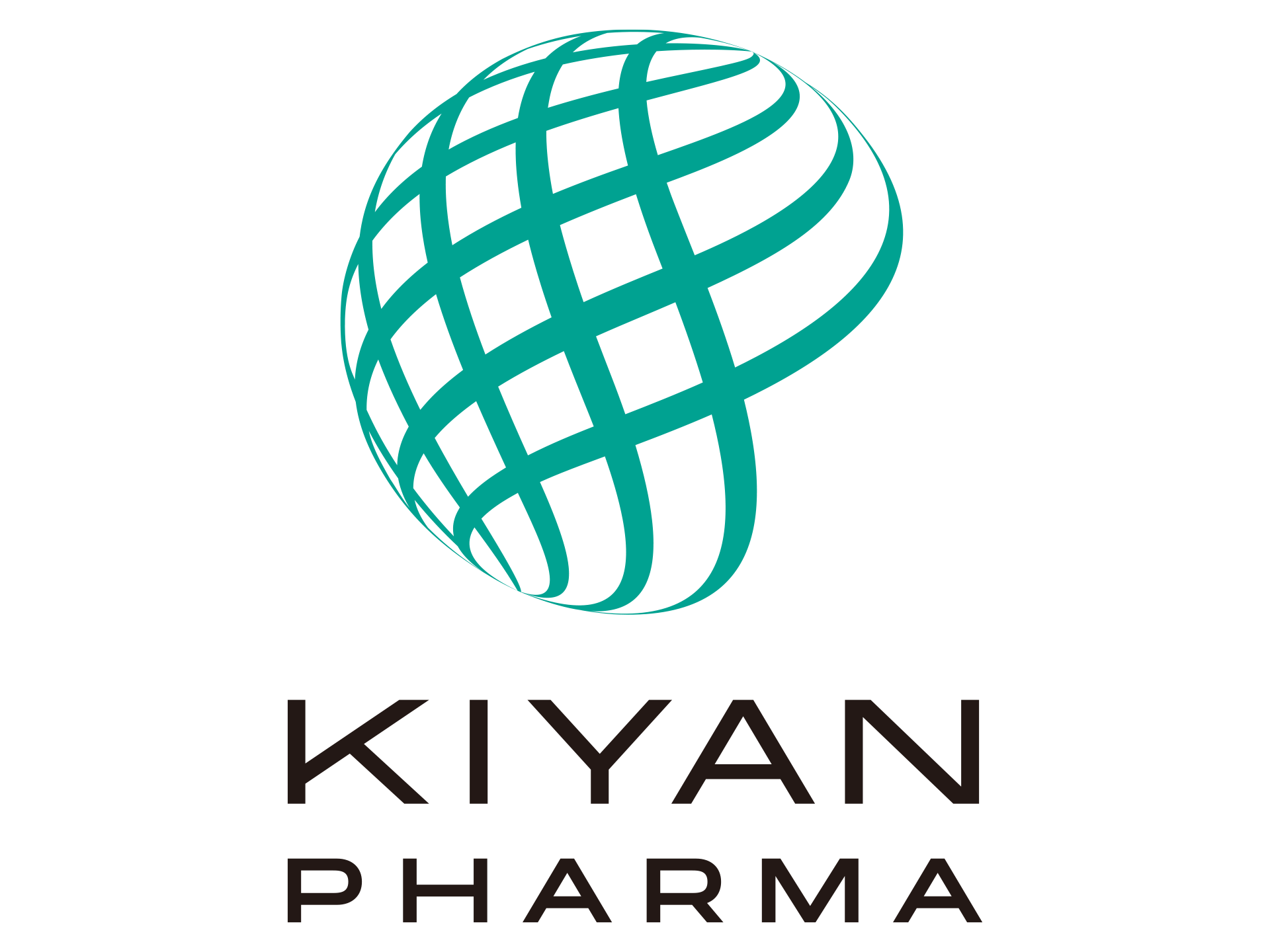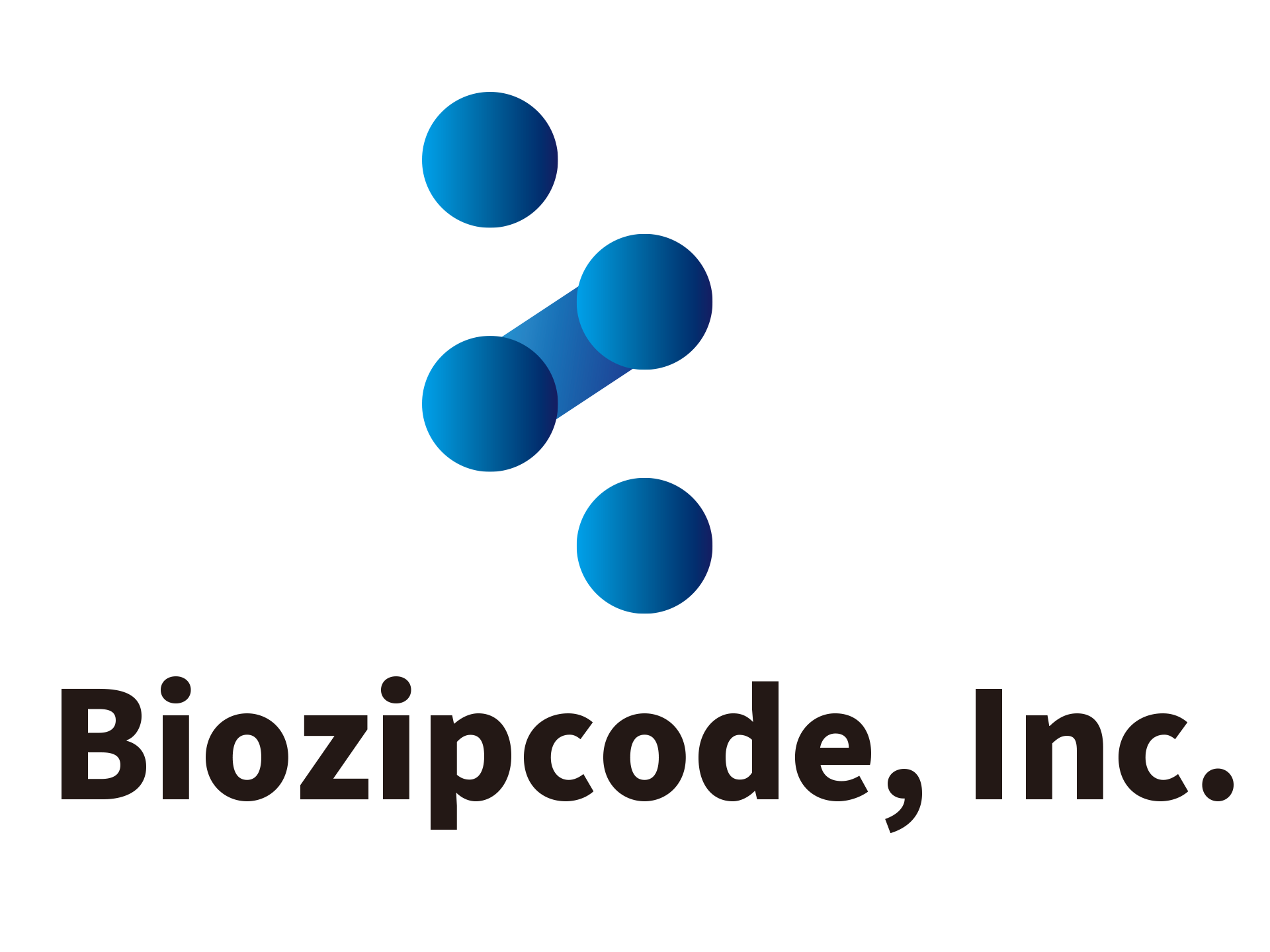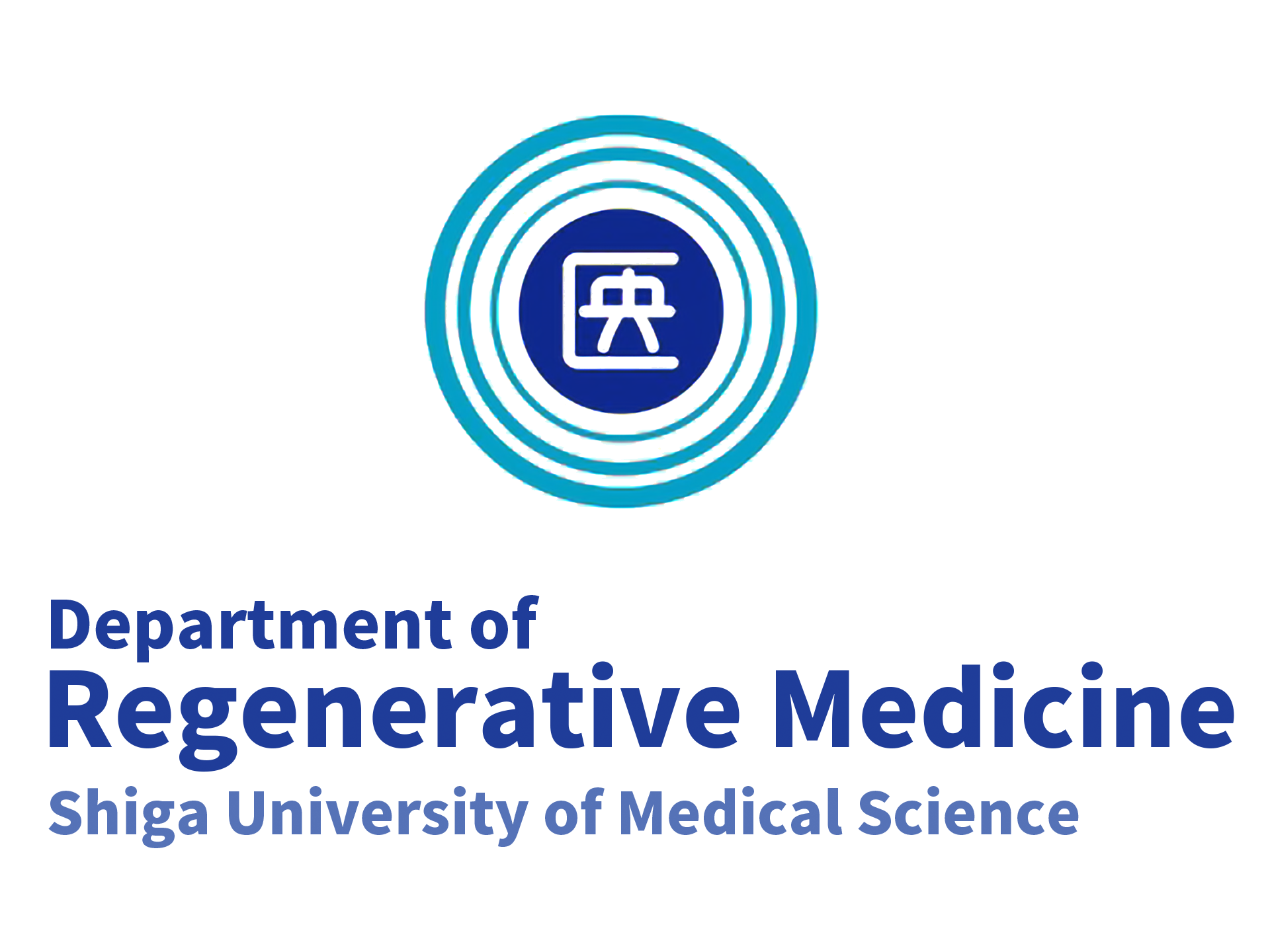
Development of a Cure for Diabetes
With the discovery of diabetes stem cells, a fundamental cure for diabetes is being pursued using Givinostat (an HDAC inhibitor) and insulin through drug repurposing of existing medications. However, Givinostat, used for conditions like muscular dystrophy and blood cancers, is known to have some side effects with long-term use.
By using Biozipcode, Givinostat and HDAC inhibitors are targeted to specific cells, eliminating side effects.
Direct Action on the Target
Realizing a world without side effects through cell targeting instead of molecular targeting.
Joint Research with Biozipcode, Inc. and Shiga University of Medical Science
Developing methods to deliver genes and drugs by targeting specific cells using bio-panning. This cell-targeting technology is expected to serve as a game-changer for the next generation, replacing molecular-targeted drug delivery, which requires high development costs and has limited treatment targets.

Making Medications Accessible to Those in Need Worldwide
Givinostat can be administered not only by intravenous injection, which requires a syringe, but also orally (as a pill). Considering the increasing prevalence of diabetes in both developed and developing countries, there is a need to release medications that are generally usable and have reduced side effects.

Discovery of the Cause of Diabetes
Abnormal cells causing diabetes and its complications discovered in hematopoietic stem cells.
Developing companion diagnostic drugs to diagnose diabetes based on the presence of diabetes stem cells in peripheral blood.
Biozipcode (Cell Targeting Technology)
An innovative system for delivering drugs exclusively to specific cells in the body.
Development of new drugs using Biozipcode and reuse of drugs previously unusable due to side effects.
Development of materials for tissue regeneration that can engraft onto tissues without needing transplants or sutures.












